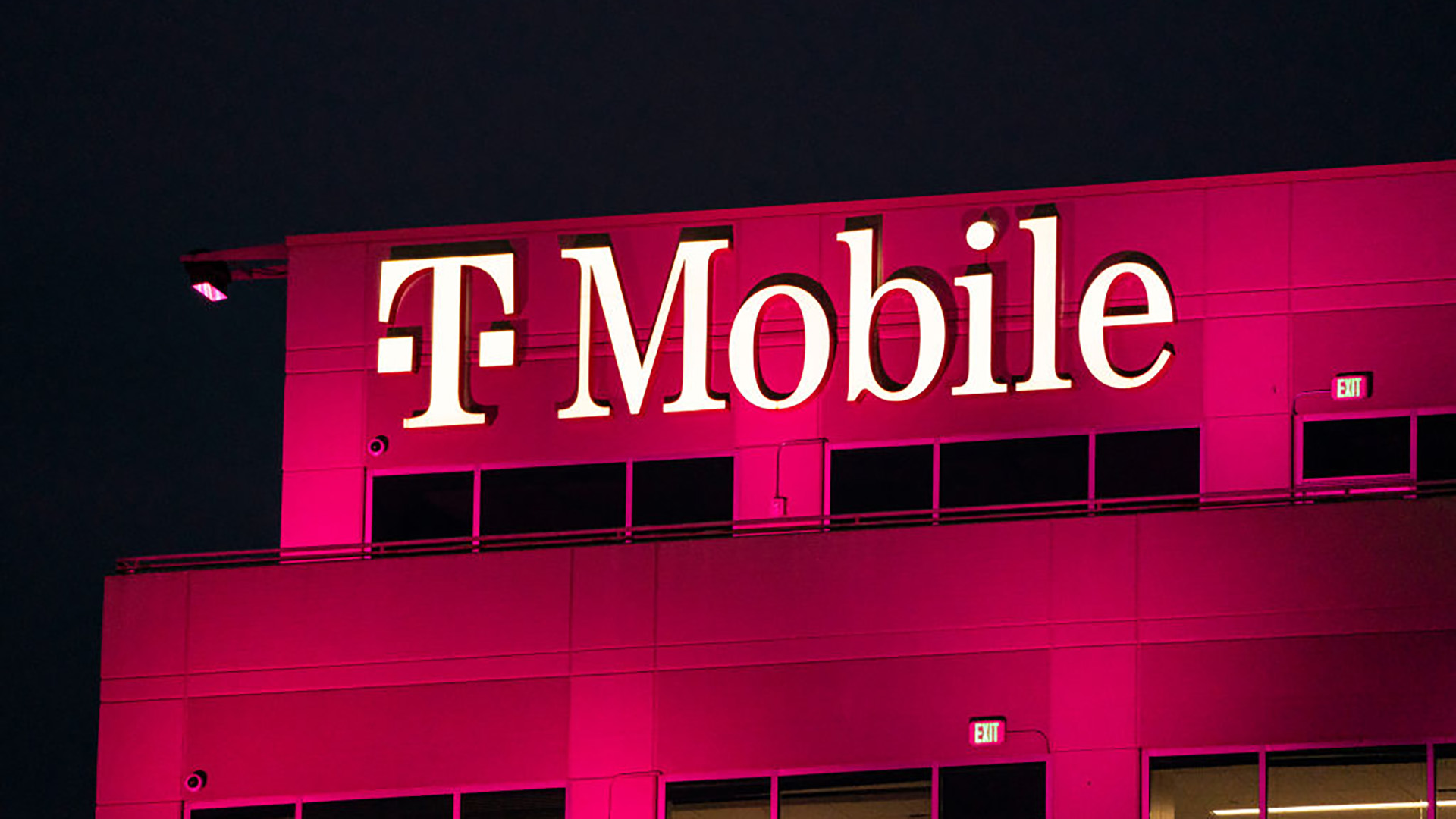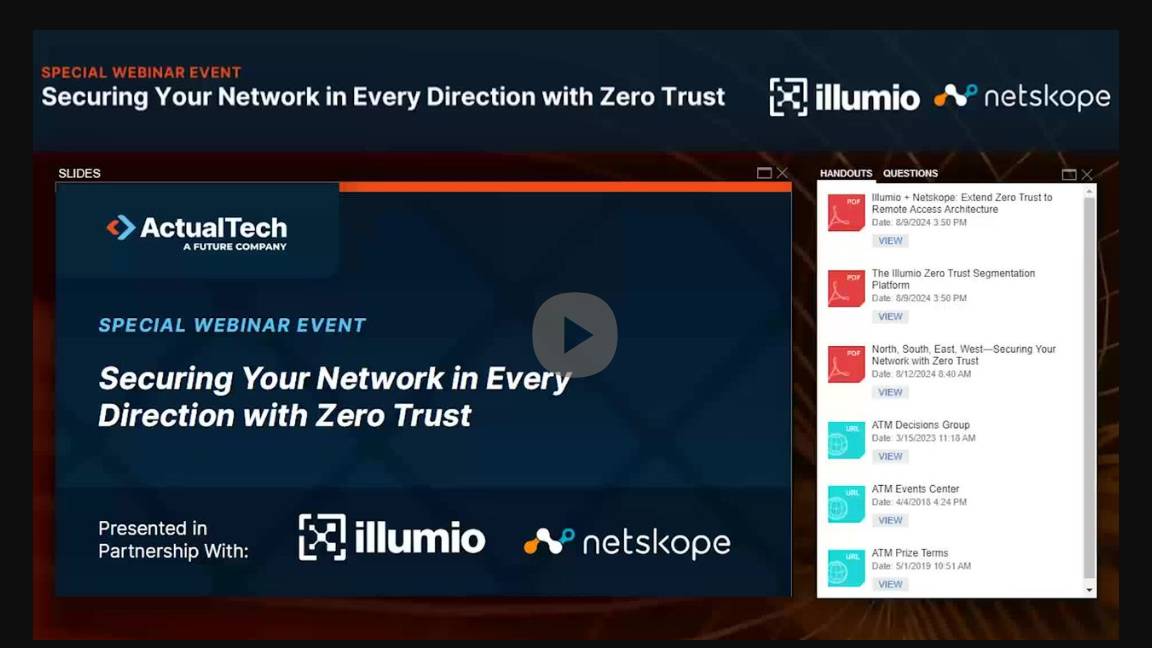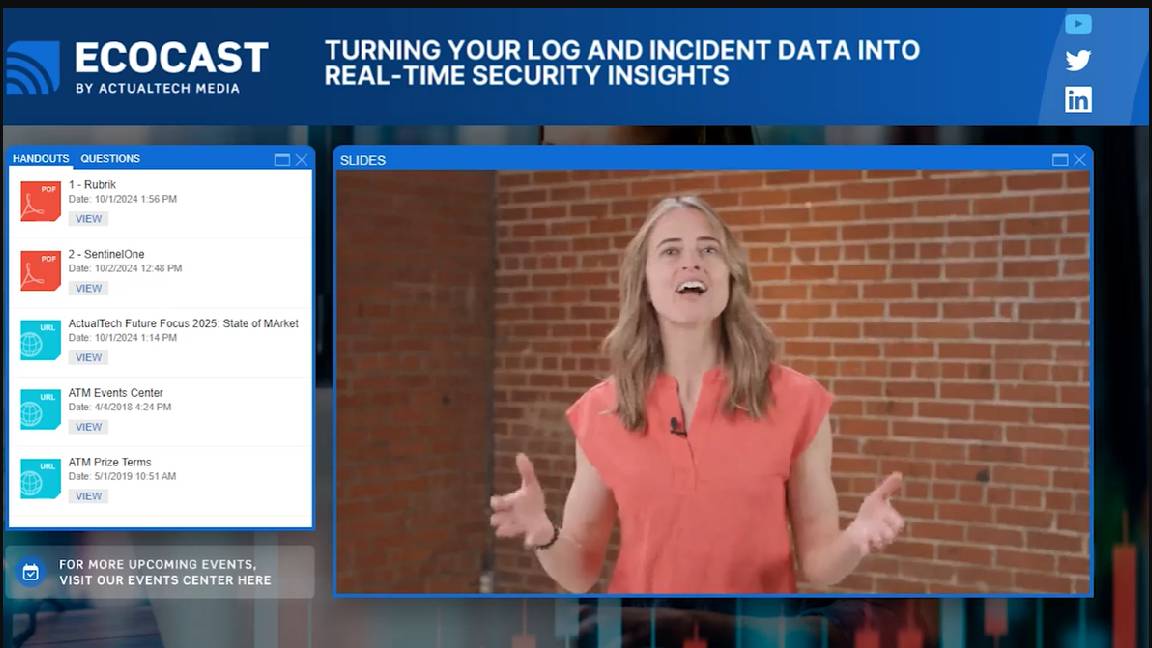Russian hackers are exploiting critical VMware flaws
The vulnerabilities were patched last week, but the NSA has uncovered details of active exploitation


State-backed Russian cyber criminals are actively exploiting a recently-patched vulnerability in a series of VMware products in order to access sensitive corporate data.
VMware had previously warned its customers about a critical command injection flaw in a number of its products, including Workspace One Access and Identity Manager in late November. Although the bug was considered severe, with a rating of 9.1 on the CVSS threat severity scale, a patch wasn’t available at the time and was only released on 3 December.
Hackers operating on behalf of the Russian state, however, have been actively exploiting the vulnerability to access data on targeted systems, according to an advisory issued by the US National Security Agency (NSA).
“The exploitation via command injection led to installation of a web shell and follow-on malicious activity where credentials in the form of SAML authentication assertions were generated and sent to Microsoft Active Directory Federation Services, which in turn granted the actors access to protected data,” the advisory said.
“It is critical when running products that perform authentication that the server and all the services that depend on it are properly configured for secure operation and integration. Otherwise, SAML assertions could be forged, granting access to numerous resources.”
Beyond the wider business community, the NSA has stressed the need for organisations involved in national defence and security to apply VMware’s patch as soon as possible, or implement workarounds until updates are feasible. The advisory also suggests that organisations review and harden their configurations as well as the monitoring of federated authentication providers.
Beyond Workspace One Access and Identity Manager, the products affected include Access Connector and Identity Manager Connector, with specific product versions outlined in VMware’s original security advisory.
Get the ITPro daily newsletter
Sign up today and you will receive a free copy of our Future Focus 2025 report - the leading guidance on AI, cybersecurity and other IT challenges as per 700+ senior executives
The vulnerability, tagged CVE-2020-4006, essentially allows hackers to seize control of vulnerable machines. They would first need to be armed with network access to the administrative configurator on port 8443, as well as a valid password to the admin account.
As such the NSA has recommended that network administrators limit the accessibility of the management interface on servers to only a small set of known systems, and block it from direct internet access. Critical portions of this activity can also be blocked by disabling the firm’s configurator service.

Keumars Afifi-Sabet is a writer and editor that specialises in public sector, cyber security, and cloud computing. He first joined ITPro as a staff writer in April 2018 and eventually became its Features Editor. Although a regular contributor to other tech sites in the past, these days you will find Keumars on LiveScience, where he runs its Technology section.
-
 Should AI PCs be part of your next hardware refresh?
Should AI PCs be part of your next hardware refresh?AI PCs are fast becoming a business staple and a surefire way to future-proof your business
By Bobby Hellard
-
 Westcon-Comstor and Vectra AI launch brace of new channel initiatives
Westcon-Comstor and Vectra AI launch brace of new channel initiativesNews Westcon-Comstor and Vectra AI have announced the launch of two new channel growth initiatives focused on the managed security service provider (MSSP) space and AWS Marketplace.
By Daniel Todd
-
 Billions of IoT devices will need to be secured in the next four years – zero trust could be the key to success
Billions of IoT devices will need to be secured in the next four years – zero trust could be the key to successNews Researchers have warned more than 28 billion IoT devices will need to be secured by 2028 as attacks on connected devices surge.
By Emma Woollacott
-
 Cisco claims new smart switches provide next-level perimeter defense
Cisco claims new smart switches provide next-level perimeter defenseNews Cisco’s ‘security everywhere’ mantra has just taken on new meaning with the launch of a series of smart network switches.
By Solomon Klappholz
-
 Five Eyes cyber agencies issue guidance on edge device vulnerabilities
Five Eyes cyber agencies issue guidance on edge device vulnerabilitiesNews Cybersecurity agencies including the NCSC and CISA have issued fresh guidance on edge device security.
By Emma Woollacott
-
 "Thinly spread": Questions raised over UK government’s latest cyber funding scheme
"Thinly spread": Questions raised over UK government’s latest cyber funding schemeThe funding will go towards bolstering cyber skills, though some industry experts have questioned the size of the price tag
By George Fitzmaurice
-
 T-Mobile security chief insists its defenses stood up to attacks linked to Salt Typhoon
T-Mobile security chief insists its defenses stood up to attacks linked to Salt TyphoonNews No T-Mobile customers or services were affected after its security teams detected suspicious activity on their routers
By Solomon Klappholz
-
 Securing your network in every direction with zero trust
Securing your network in every direction with zero trustWhitepaper Webinar on the evolution of network security
By ITPro
-
 Turning your log and incident data into real-time security insights
Turning your log and incident data into real-time security insightsWhitepaper Integrate multiple data sources for a comprehensive security view
By ITPro
-
 Do more with less: Optimizing servers with HPE to maximize VMware licensing
Do more with less: Optimizing servers with HPE to maximize VMware licensingWhitepaper Your trusted guide through the changes in the virtualization market
By ITPro